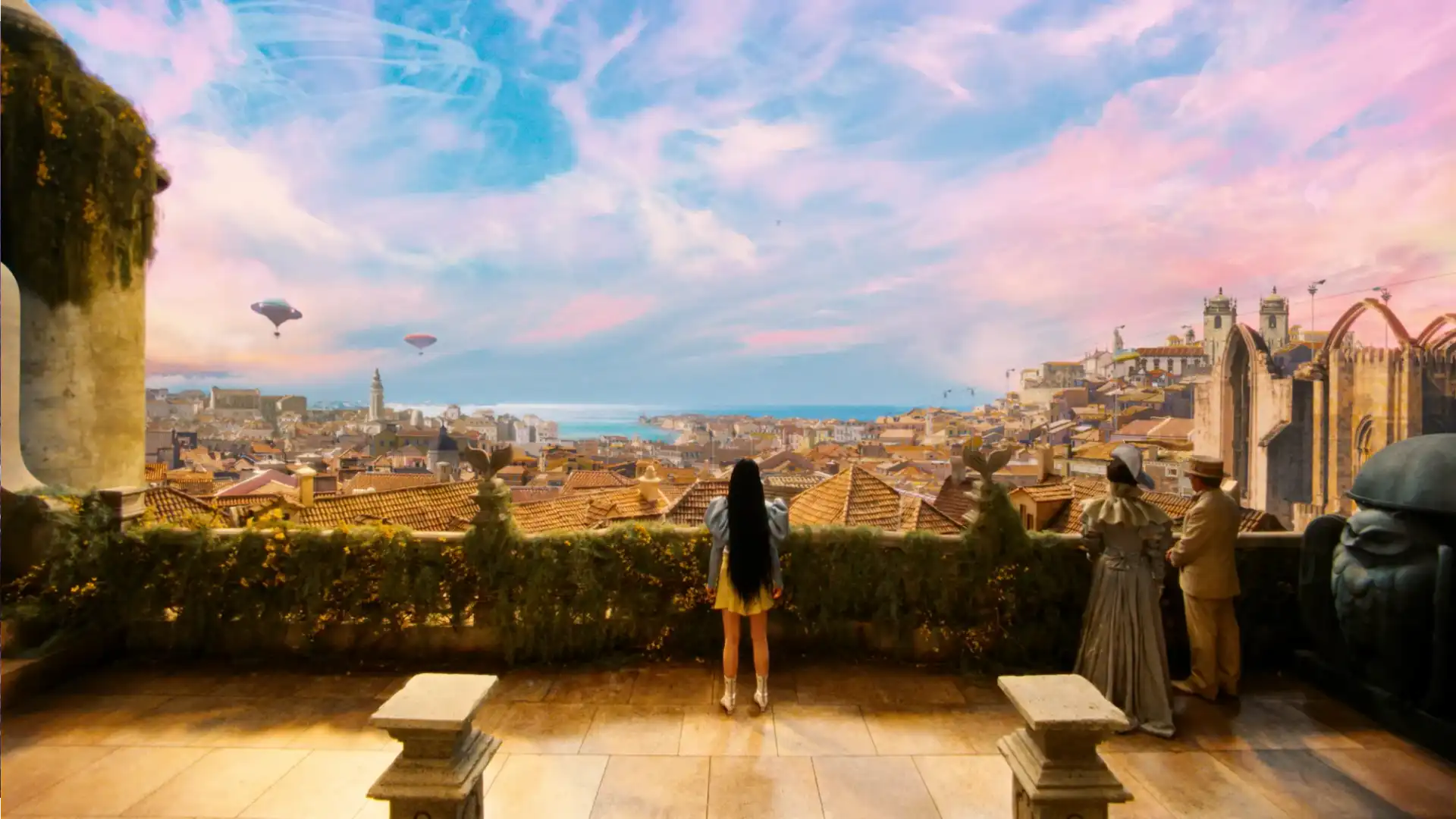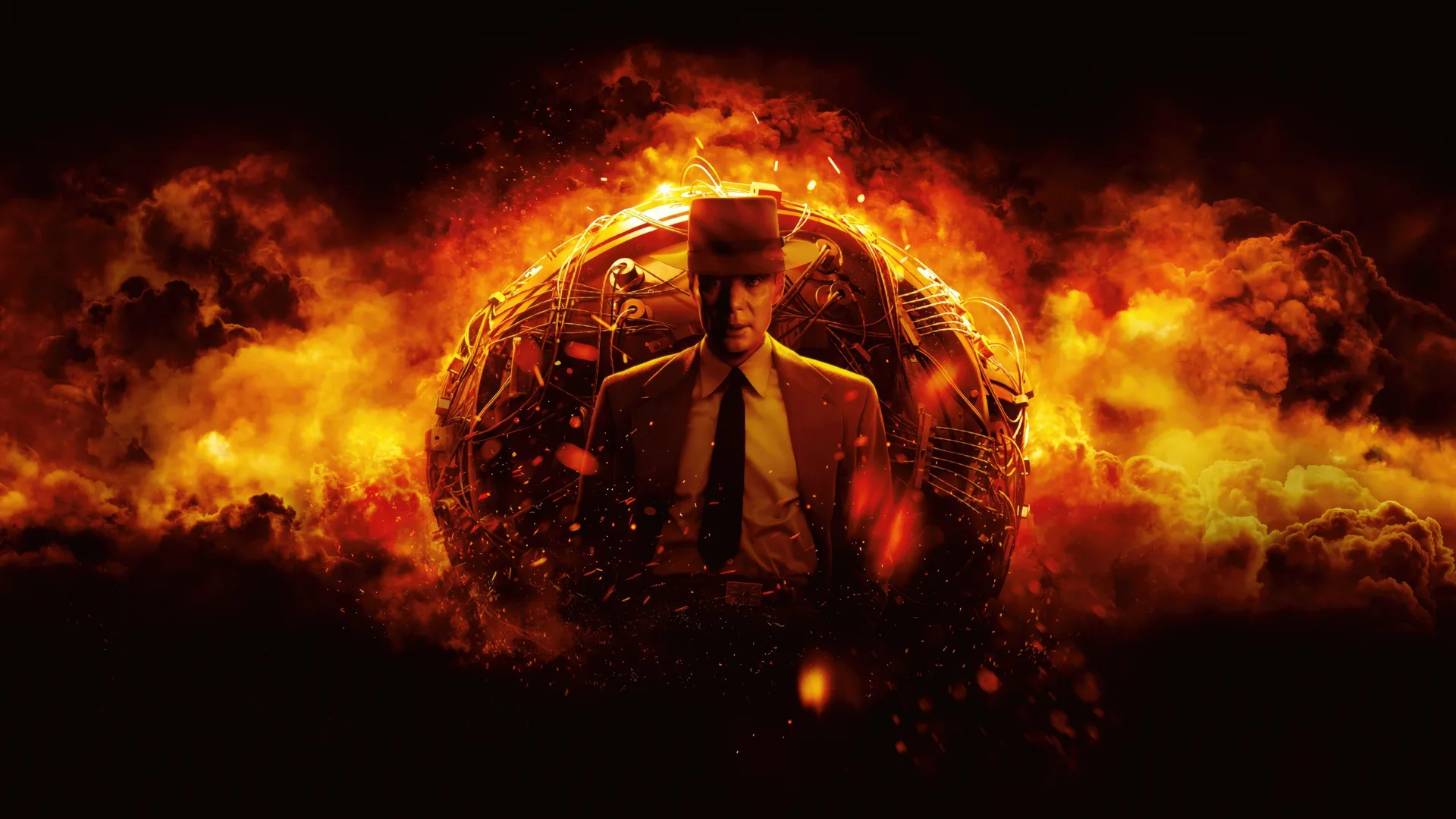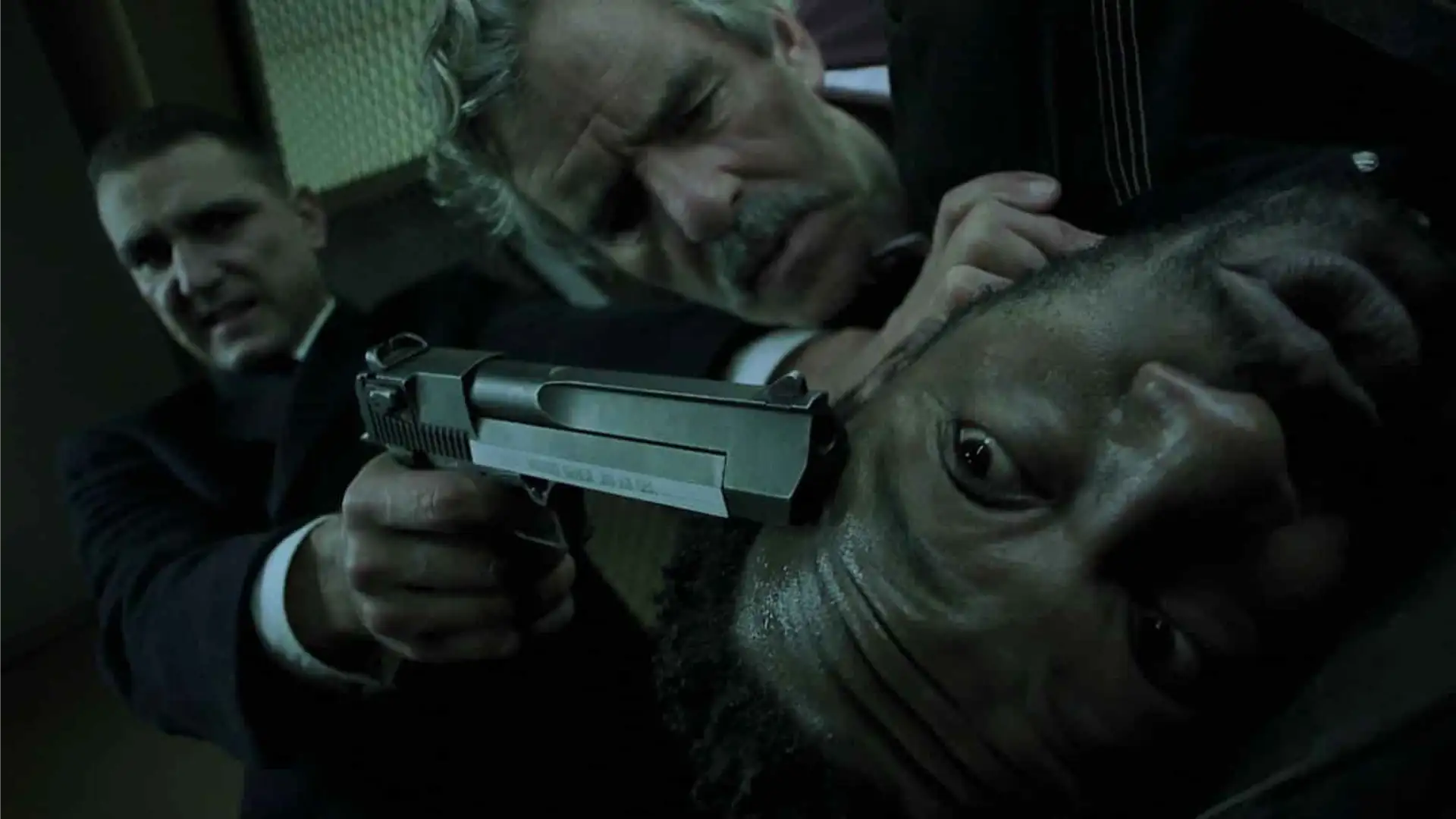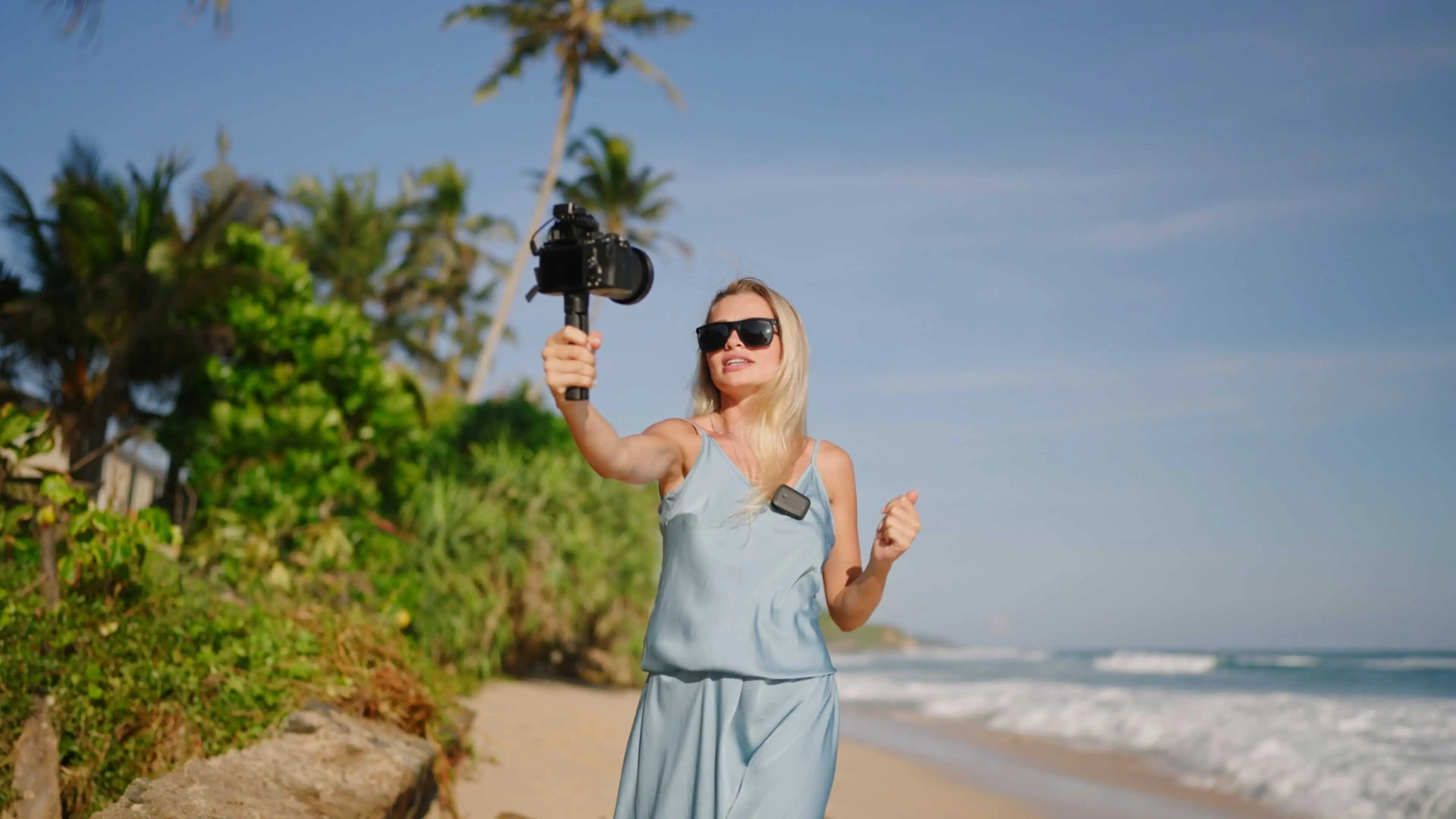The Dutch angle, also known as Dutch tilt, the canted angle, high angle tilt, or oblique angle, is a powerful cinematic technique that imbues scenes with a sense of disorientation, tension, and unease. By tilting the camera frame on its X-axis, filmmakers create a composition where vertical lines, like walls or doorways, appear slanted within the frame, mimicking the uneasy feeling that of tilting your head to the side. This seemingly simple camera movement can significantly impact how viewers perceive a scene, adding layers of emotional depth and narrative complexity.
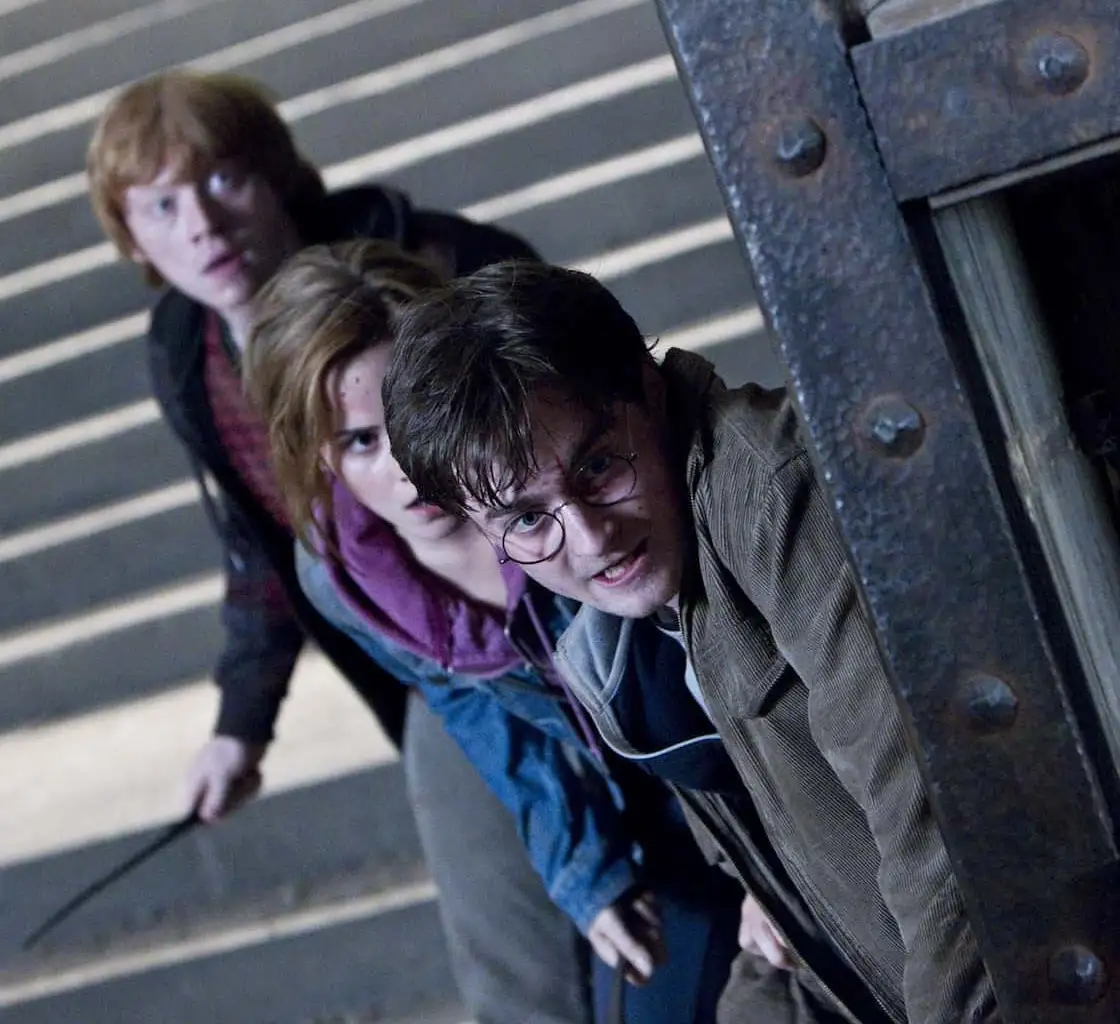
Understanding the Dutch Angle Shot: Origins and Applications
While the name “Dutch angle” might suggest Dutch origins, the technique actually emerged from German Expressionist cinema in the 1920s. Films like The Cabinet of Dr. Caligari (1920) and Nosferatu (1922) employed the Dutch angle extensively to portray distorted realities, psychological instability, and unsettling atmospheres. The technique gained further traction in Hollywood during the film noir era of the 1940s and 1950s, where it accentuated the suspense, moral ambiguity, and psychological turmoil inherent in these narratives.
The Impact of the Dutch Angle Shot: Evoking Emotions and Narrating Stories
The primary purpose of the Dutch camera angle lies in its ability to manipulate the viewer or character’s power and perception of entire scene and elicit specific emotional responses. Here are some key ways filmmakers leverage the Dutch angle:
Creating Unease and Disorientation:
The tilted frame disrupts the natural equilibrium of the image, fostering a sense of imbalance, instability, and disorientation in the viewer. This is often used to depict characters experiencing confusion, anxiety, or intoxication.
Building Tension and Suspense:
The Dutch angle can heighten tension and foreshadow impending danger by creating a sense of unease and anticipation. This is frequently used in thriller, horror, and mystery genres.
Conveying Instability and Moral Ambiguity:
Tilting the camera can suggest that something is “off” or morally ambiguous. This is often employed to portray characters with questionable motives, unreliable narrators, or morally complex situations.
Emphasizing Power Dynamics and Domination:
Tilting the camera upwards can make a character appear powerful and dominant, while tilting downwards can evoke a sense of vulnerability and submission.

Mastering the Dutch Angle Shot: Effective Implementation and Common Pitfalls
While the camera shot Dutch angle can be a powerful tool, overusing it can become distracting and lose its impact. Here are some key considerations for filmmakers:
Motivation and Justification:
Every Dutch angle should have a clear purpose within the narrative. Ask yourself: Why is the camera tilted? What emotions or message are you trying to convey?
Subtlety is Key:
A slight tilt can be just as effective as a dramatic one. Start subtle and gradually increase the angle if necessary to achieve the desired effect.
Balance with Straight Angles:
Utilize contrasting straight angles to create a sense of normalcy and highlight the impact of the Dutch angle when employed.
Genre and Context:
The Dutch angle works best in specific genres and contexts. Avoid using it gratuitously in lighthearted comedies or documentaries.
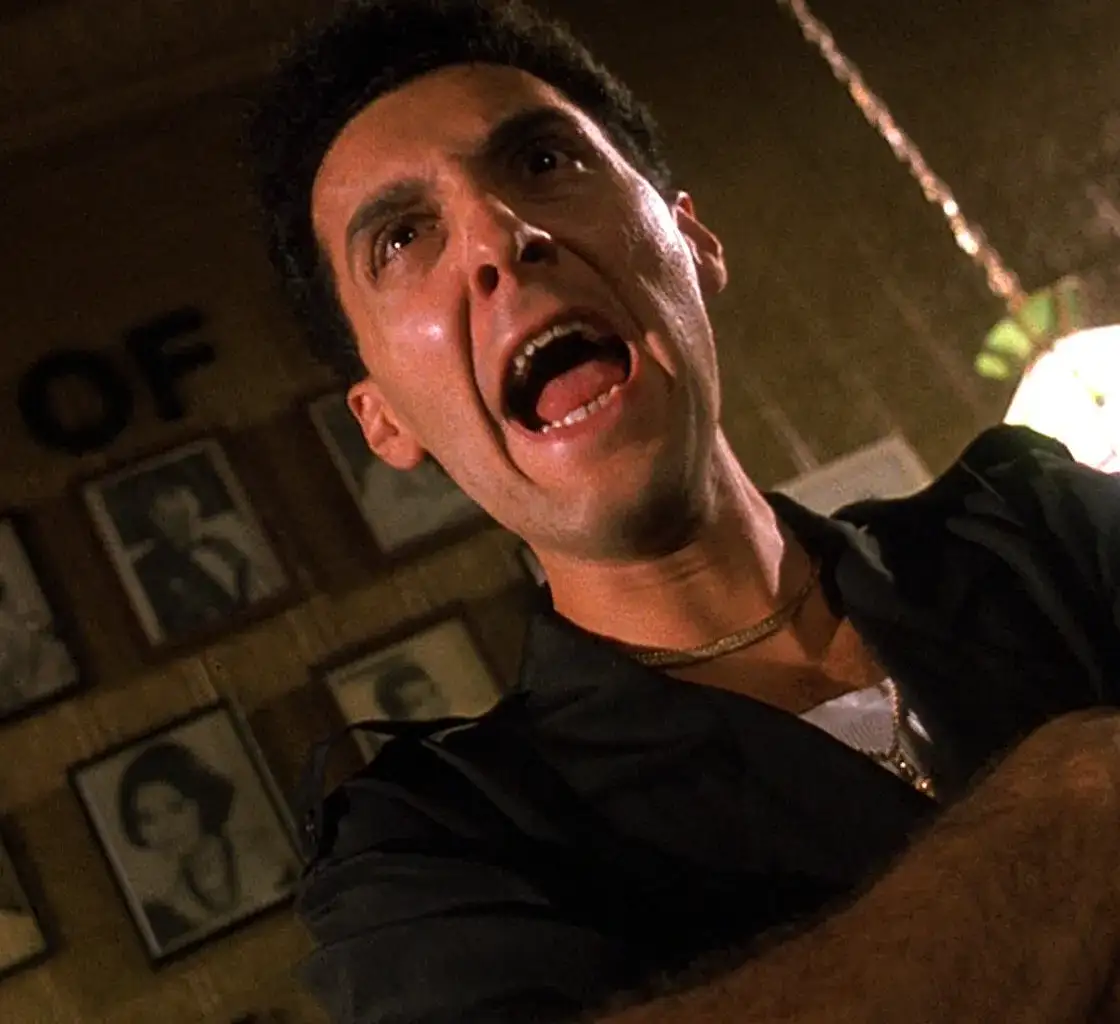
Examples of the Dutch Angle Shot in Action: Iconic Film Scenes
The Dutch angle has graced countless films throughout cinematic history. Here are some iconic and famous examples, that showcase its diverse applications:
The Cabinet of Dr. Caligari (1920):
This Expressionist masterpiece heavily relies on the Dutch angle to create a distorted and unsettling world.
Citizen Kane (1941):
Orson Welles utilizes the Dutch angle to portray the psychological complexities of his characters and evoke a sense of mystery and intrigue.
Vertigo (1958):
Alfred Hitchcock employs the Dutch angle to visually represent the protagonist’s acrophobia and disorientation.
The Shining (1980):
Stanley Kubrick uses the Dutch angle to build suspense and foreshadow the film’s unsettling events.
Inception (2010):
Christopher Nolan employs the Dutch angle to visually depict the dreamlike and distorted realities within the film.
Beyond Filmmaking: Exploring the Dutch Angle Shot in Photography and Videography
The Dutch angle camera shot is not limited to filmmaking and can be effectively used in photography and videography as well. Here are some potential applications:
Portraits:
Tilting the camera can add a sense of drama, unease, or introspection to portrait photography.
Product Photography:
Tilting the camera can create a dynamic and visually interesting composition for product shots.
Event Photography:
The Dutch angle tilt can be used to capture the energy of the scene.

Explore the Nuances: Advanced Techniques and Considerations
While the fundamentals of the Dutch angle are established, delving deeper reveals a spectrum of other forms of creative possibilities and considerations:
Varying Degrees of Tilt:
The impact of the Dutch angle intensifies with the degree of tilt. Subtle tilts can introduce a hint of unease, while more dramatic tilts create a stronger sense of disorientation and instability.
Camera Movement:
Combining the Dutch or dutch angle shots with camera movements like panning or tracking can further enhance the emotional impact. For instance, a slowly panning Dutch or dutch angle camera shot can create a sense of unease and anticipation, while a quick, jolting Dutch or dutch angle camera shot with a tracking shot can heighten feelings of disorientation generate fear and urgency.
Framing and Composition:
CThe placement of subjects within the tilted camera frame can significantly influence the viewer’s interpretation. Placing a character low in the frame with a Dutch angle can evoke a sense of vulnerability, fear and loathing while positioning them high in the frame with canted angle can create an air of dominance.
Genre and Storytelling:
The Dutch angle finds its most natural fit within specific genres like thrillers, horror, and psychological dramas. However, it can be employed creatively in other genres to achieve specific narrative goals, such as introducing a sense of unease in a seemingly lighthearted scene or highlighting a main character’s alienation or internal conflict in a drama.
Building Contrast:
Juxtaposing Dutch camera angles, and camera levels with straight camera angles, within a scene can create a powerful contrast, emphasizing the impact of the tilted camera frame and drawing the viewer’s attention to specific elements.
Balancing with Other Techniques:
The Dutch angle camera shots should be integrated seamlessly with camera shots and other filmmaking techniques like lighting, color grading, and editing to create a cohesive visual language that reinforces the movie camera shot’ intended mood and message.
The Dutch Angle in the Digital Age: Modern Applications and Ethical Considerations
With the rise of readily available filmmaking tools and social media platforms, the type of camera shot from Dutch angle has become increasingly accessible to a wider audience. Here are some contemporary applications and considerations:
Social Media Content:
Creators on visual media platforms like TikTok and Instagram utilize the Dutch angle to add a sense of dynamism and intrigue to their short-form videos, often for comedic or attention-grabbing purposes.
Independent Filmmaking:
The democratization of filmmaking tools empowers independent filmmakers to experiment with the camera technique and Dutch angle, adding a whole type of camera shot, level of depth and camera level of nuance to their storytelling.
Ethical Considerations:
While the Dutch angle can be a powerful tool, it’s crucial to use it responsibly, avoiding its overuse or gratuitous application in situations that might exploit or trigger vulnerable viewers, particularly on sensitive topics like mental health or violence.
Conclusion: Mastering the Dutch Angle Shot for Impactful Storytelling
The Dutch angle shot, when employed thoughtfully and strategically, can elevate your filmmaking and storytelling. By understanding Dutch angle shot example its history, purpose, and effective implementation with cinematic techniques, you can harness its power to create scenes that evoke specific emotions, create feelings, build tension, and engage your audience on a deeper level. Remember, the key lies in using the Dutch angle with purpose, balancing it with other cinematic elements, and ensuring its ethical application within your narrative framework.

